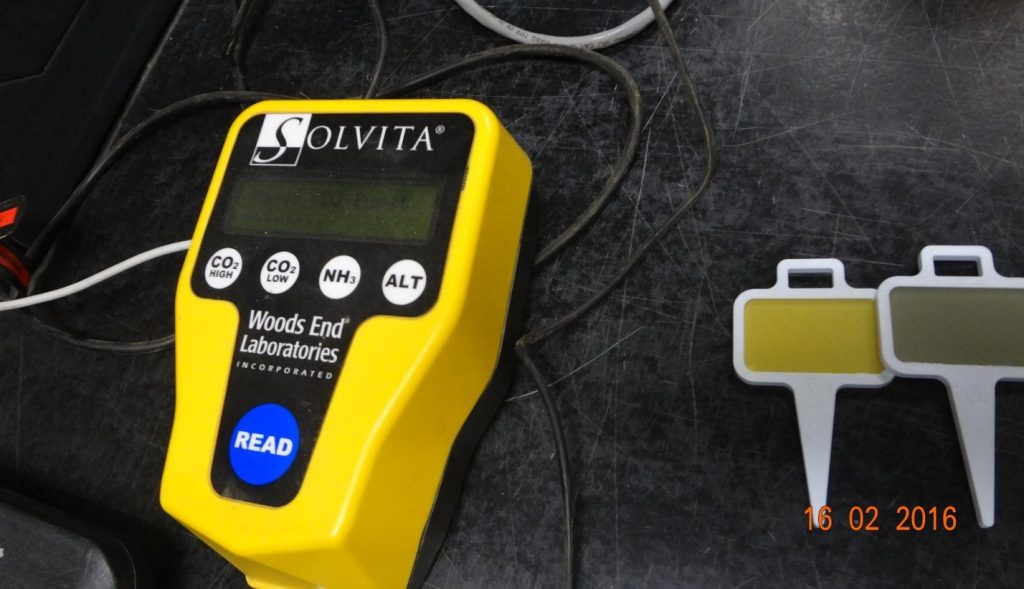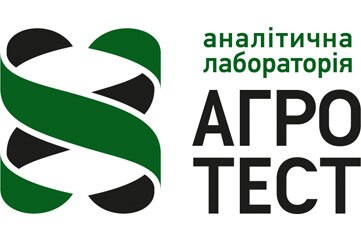Soil health – How nature works
Regenerative agriculture has the same principles that exist in nature. Therefore, we must understand the basic laws of nature and the mechanisms of interaction of all its links. When all the components of the ecosystem are adjusted and interact properly, then everything in the soil functions at an optimal level. These include: the water cycle and the cycle of nutrients (for example, carbon and nitrogen). By understanding the essence of these processes, we can develop testing methods to evaluate the effectiveness of the entire system and most of its components.
The term “soil health” is considered as a kind of indicator that quantifies the soil’s ability to perform the following functions: soil water retention, erosion resistance, carbon absorption, microbiota storage, plant resistance to diseases and providing plants with nutrients. Usually, the work of each part of the system (biological, chemical and physical) is considered to understand their functioning.
Bacteria, fungi, nematodes, protozoa, worms and many others create the food chain of the soil. Soil is considered as a single living system in combination with plants growing outside and microbiota living inside. Soil, on the other hand, is a collection of different components: sand, clay, minerals, organic compounds, and chemicals that plants and microbes use as building blocks for the existence and reproduction of their populations.
Soil is a living interface that connects non-living components inside and outside to create a rich interactive environment and is home to all soil biota, providing them with water and nutrients.
Carbon, hydrogen, oxygen and nitrogen are the main bioelements that make up all living systems on our planet, including humans. One of the most important elements on Earth related to the existence of life is carbon, which is the main component of photosynthesis. Carbon in the composition of sugars, carbohydrates, and amino acids is found in leaves, stems, fruits, and roots; that is, in all above-ground and underground parts of plants. It is also the main element for feeding certain soil microorganisms.
The question immediately arises: what can farmers do to promote the carbon cycle? You need to develop a strategy and keep the soil covered with cover crops because this is the only way to keep carbon in the soil. So, once your crop is harvested, keep the soil covered with crop residues 24 hours a day, 7 days a week, 365 days a year. This is the best way to store and reproduce carbon. Another way is to use minimal processing or no-.
Adding organic fertilizers to topsoil will also improve the value of organic matter, the main component of which is carbon itself. Currently, there is an open question about the amount of carbon that actually enters the soil when organic material is applied. In any case, the application of organic fertilizers is an excellent source of nutrition for microorganisms in the soil. When applying organic fertilizers, you should pay attention to the following factors:
- What exactly is the source of this fertilizer (poultry or cattle)?
- What is the chemical composition of this fertilizer?
- Is the fertilizer aged or fresh?
- And, lastly, what is the calculated contribution rate?
It should be noted that with excessive application of organic fertilizers, problems with salinity (excessive amounts of salts) of certain elements may arise.
Also, one popular topic is mycorrhiza, but how does it fit into these microbial communities? Mycorrhizal fungi are symbiotic fungi, they cooperate together with the plant with mutual benefit and, relatively speaking, perform a role similar to our Earth’s Internet (transfer of information). More than 100 species of all land plants on this planet are known to be associated with symbiotic fungi. Also, mycorrhizal fungi are able to penetrate into places where plant roots cannot penetrate. This significantly increases the access of plant roots to water and nutrients.


It is known that the soil contains about 40-50% of various minerals (in the form of a solid phase). But some important mineral substances (for example, phosphorus, potassium, calcium, sulfur) can be in an inaccessible (insoluble) form for plants. In a natural model, they may be available due to microbial activity and mycorrhizal association.
The fact is that nature uses such a model (which it created itself) to ensure the necessary amount of macro- and microelements. You just need to make sure you don’t break the bank and provide everything you need to do it. If we describe and identify the necessary resources and their sources, it is clear that nature provides them in abundance. Therefore, the goal of every farmer is to use as many of these free resources as possible. This is the basis of regenerative agriculture.
It is also impossible not to mention glomalin. Glomalin is a substance that actually binds soil particles together and is an excellent mediator in improving aggregate stability and the aggregation process. It also serves as a communication medium through which the plant “signals” its specific requirements, which it needs at a specific moment in time, depending on the physiological growth at the moment.

One of the simplest and most important tests to get a general idea of soil microbiology is “soil respiration”, which is one of the components of “soil health”. This method is based on the fact that most soil microbes absorb oxygen (O2) and release carbon dioxide (CO2). “Soil respiration” is the amount of carbon dioxide released from moistened soil during 24 hours under the action of microorganisms. This is an indicator of the activity of microorganisms in the soil, which is closely related to soil fertility. In most cases: the greater the amount of released carbon dioxide, the more fertile the soil. It follows that soil microbial activity is a reaction to the level of soil fertility in which they are located.


If you want to get more detailed information about the availability and presence of various functional microbiological groups of the soil, then you will need the so-called PLFA-test (Phospholipid Fatty Acids Test – analysis of phospholipid fatty acids). This analysis gives an idea of the living microbial biomass of the soil and allows to determine the presence or absence of different functional groups with the help of special biomarkers. In fact, it is a picture of the structure of microbiological groups and its number at the time of sampling. As environmental conditions, such as temperature and humidity, change, so does the microbial community. Therefore, if for example you need to have an idea of the mycorrhizal connectivity in your soil (which we talked about above), this test can clearly determine it.
This article is based on information kindly provided by the laboratory Ward Laboratories, Inc.
Write to us
and we will find an opportunity
for cooperation


